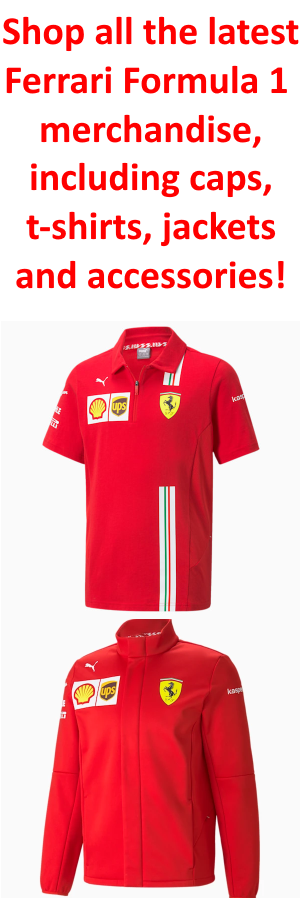Ferrari must safe a optimistic outcome on the Las Vegas GP if it desires to keep up its momentum within the Constructors’ Championship battle, with three races remaining within the 2024 season. Eric Van der Veen, a 37-year-old Dutchman, is without doubt one of the engineers within the Racing Division who works on the simulator, supporting the classes drivers undertake in preparation for GPs.
The Breda-born technician, along with explaining the challenges of a novel city circuit like Las Vegas, guides us by means of what occurs on the Maranello simulator after the 2 drivers full free observe classes with the SF-24. This exercise is normally thought of prime secret by groups, however Van der Veen offers us a glimpse into the work of the take a look at drivers—work that continues to be obscure however invaluable.
Eric explains the challenges of the observe on the Strip:
“Las Vegas is a kind of tracks which will appear straightforward when trying on the format, however it’s truly very difficult. There are solely 5 sequences of corners, however all are low-speed with heavy braking zones, and a few are blind. The heavy braking zones should be tackled completely, even when touring at speeds exceeding 340 km/h, which requires excessive downforce to offer the driving force the boldness to brake, navigate the corners, and speed up once more to deal with the lengthy straights, the place low drag and minimal aerodynamic load are wanted.”
The lengthy straights trigger each brake and tire temperatures to drop…
“The heavy braking zones on the finish of the straights current new challenges as a result of the driving force should handle the drop in brake and tire temperatures. Moreover, racing on a avenue circuit means the margin for error is minimal. Lastly, Las Vegas is within the desert, and the race takes place at night time, when temperatures can drop under 10°C, making it troublesome to rapidly deliver the tires into the correct temperature window throughout qualifying and equally difficult to maintain them there throughout the race. As talked about, the tires cool additional on the lengthy straights, making a uniquely difficult situation for groups and drivers.”
Final yr, you had little or no knowledge to make use of on the simulator, which was the one instrument obtainable to assist the drivers and the workforce put together for this new circuit. Now that you’ve got actual knowledge from the observe, what function does the simulator play?
“Evaluating what we knew final yr with what we all know this yr, the state of affairs is totally totally different. Whereas final yr’s observe mannequin was primarily based on drawings, this yr now we have a whole illustration of the observe and its asphalt. With all the information from 2023, we are able to now predict way more precisely what to anticipate this yr. Which means engineers and drivers—each Carlos and Charles, in addition to the drivers supporting us on the simulator—had been in a position to higher put together for the weekend, each to familiarize themselves with the observe and to configure the automobile.”
Did each important drivers work on the simulator?
“As ordinary, Charles and Carlos labored on the simulator, specializing in driving model and setups to reach well-prepared for Las Vegas, in addition to being able to deal with probably surprising circumstances. That is exactly when the simulator turns into a particularly highly effective instrument, and preparation classes are invaluable for enabling drivers to optimize their driving model for a selected observe.”
What sort of help are you able to present to the workforce on the observe throughout Friday’s free observe classes?
“The simulator driver’s program throughout free observe focuses on optimizing particular person corners, as there are so few sequences the place the drivers could make a distinction. It’s essential that the drivers on observe have a automobile that enables them to push to the restrict with out exceeding it, because the corners are tight and blind. Subsequently, on the simulator, we primarily work on steadiness and cornering driving model, typically exceeding the restrict and hitting the partitions—fortunately, within the simulator, the harm isn’t actual (there’s solely a jolt to let the driving force know they’ve hit one thing!). Sometimes, throughout classes supporting the workforce on observe, we replicate the circumstances, setups, and driving model from observe laps precisely.”
After replicating the actions from free observe, do you search for options to enhance efficiency?
“On this means, we are able to determine the automobile’s strengths and weaknesses, search to enhance efficiency, and supply this suggestions to the workforce on observe, which may then work on the setups accordingly. We additionally use these classes to anticipate what to anticipate if climate circumstances change throughout the weekend—for instance, variations in temperature, wind route, and depth from day after day and even throughout a single session. By simulating these climate circumstances, we are able to inform the drivers what to anticipate, permitting them to extract most efficiency from the automobile earlier than even hitting the observe.”




